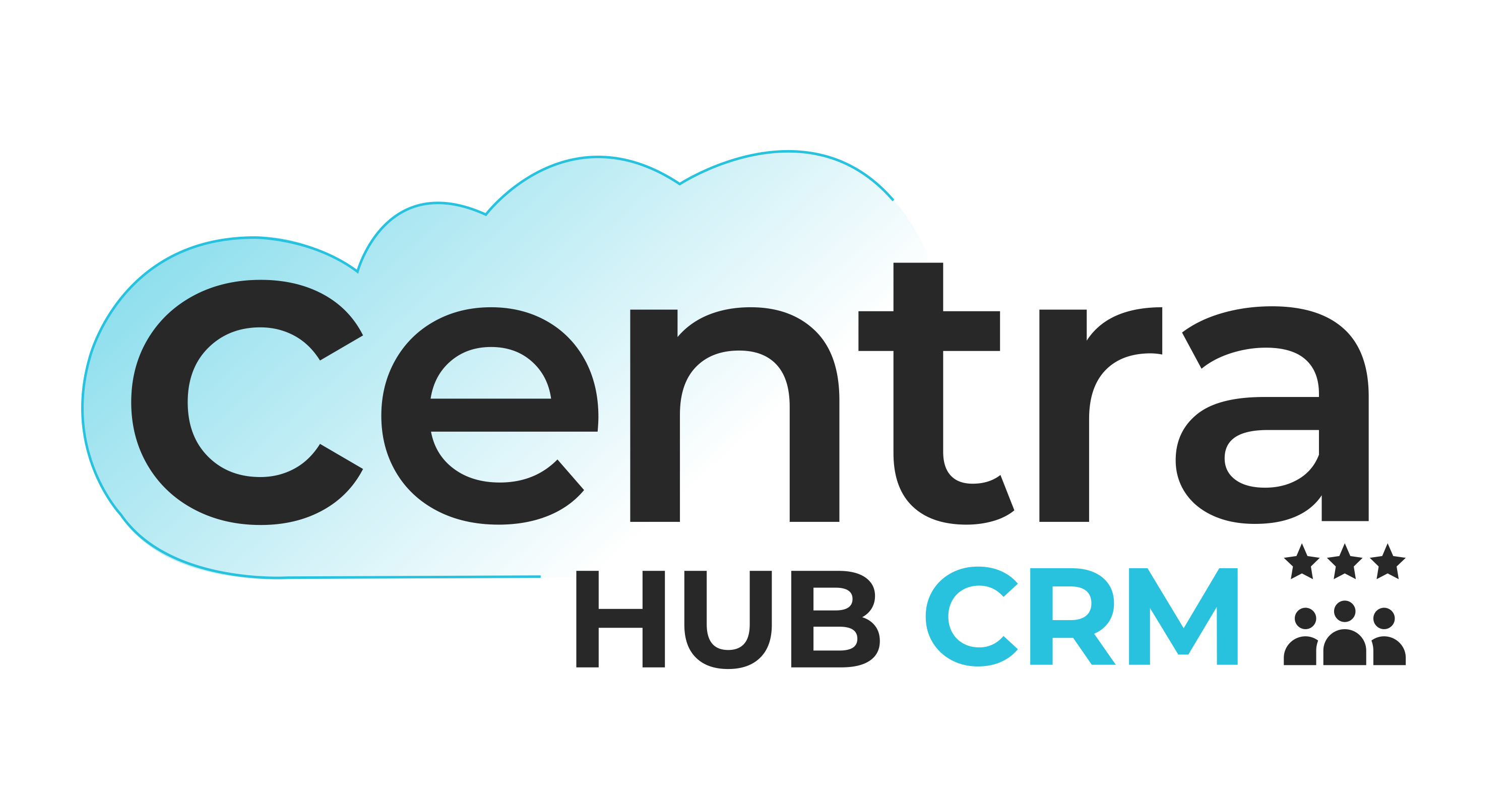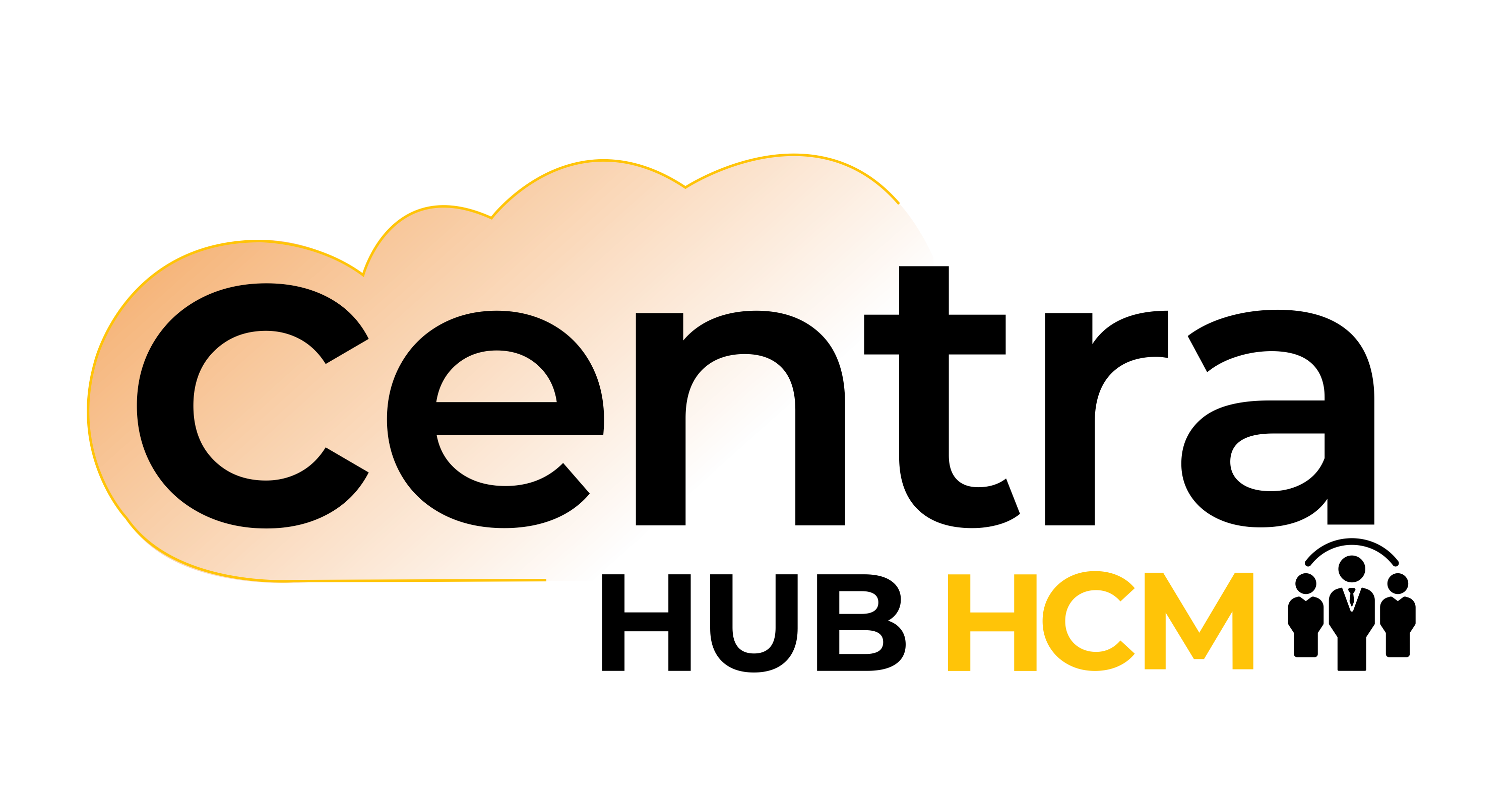What are the Uncertainties Arising from Business and IT Operations?
COVID-19 crisis has undermined most of the predictions of the traditional business planning cycle. Existing operating models are no longer proficient at supporting you in addressing the present challenges. Encouraging reframing of the business model would lead to uncertainties arising from business and IT operations. Let us find out more about each of these:
Office space uncertainty
Description: As work from home (WFH) becomes a successful working style, it is likely that enterprises would be keen to reduce the amount of floor space.
Analysis: According to Gartner’s research, “Three out of four organizations will extend remote work beyond this COVID-19 crisis.”Remote working is moving forward with hybrid remote-physical organizations as the new workplace environment. This could be a huge opportunity to facilitate businesses to reduce leasing costs and real estate assets, along with all the associated maintenance expenses.
The uncertainty here is whether the floor space reduction would be aligned to business needs and how to handle the misalignment.
The best way forward: You need to adopt a digital workplace that is mature enough to support your remote work business model. It may require an initial investment, but that would justify the ROI within a short time.
Supply chain uncertainty
Description: An enterprise may make it through the pandemic, but its connected suppliers may not. The spread of corona virus has stagnated many supply chains, with suppliers from multiple locations unable to deliver goods or raw materials.
Analysis: During the covid-19 pandemic, many organizations found themselves unable to collect raw materials and goods they needed to continue or resume their manufacturing or sales processes.
The immediate and obvious solution would be getting a second supplier on board as a backup. However, when the enterprise is committed to making only a minimum annual purchase with the backup supplier, not sufficient levels of loyalty would be likely to develop between supplier and enterprise.
The uncertainty here is whether to consider the backup supplier just when needed or, conversely, share similar business volumes as done with the primary supplier.
The best way forward: Draw up multiple scenarios to evaluate the potential backup suppliers:
Country-related: Choosing the country of your suppliers based on how the pandemic has impacted its manufacturing lines and international transportation.
Supplier-related: Choosing your suppliers based on their reaction against the pandemic
Viability-related: How getting a backup supplier would impact your business costs, quality, and service level.

Commodity price uncertainty
Description: As effects of covid-19 on business, both demand and supply are impacted, influencing the value of the commodities. There is high uncertainty over when this imbalance and prices would recover.
Analysis: The measures and restrictions imposed by the government have affected the business operations, caused delays, and added costs to supply. At the same time, the pandemic has also slowed down global economic activity and reduced the demands.
These conditions have affected the value chain of some companies and forced them to reduce the costs of their commodity. The timing and scale of demand recovery are highly uncertain. Enterprises must carefully assess their investments to sustain the overzealous condition.
The best way forward:: When you are in a position for recovery, you would require to refresh your scenario planning to understand the factors and signals of future pricing direction. You also need to anticipate your business strategy and look for ways to increase your flexibility in responding to any such scenario.
IT architecture uncertainty
Description:The disruptions caused by the pandemic is driving organizations to change their business models into more agile one. Most likely, the old IT architecture would not support the new business model well. Hence, the decision between patching up or creating anew IT architecture needs to be taken, which has critical consequences on the business.
Analysis:Under immense pressure, organizations end up “patching up” their IT architecture instead of appropriately evolving it. These patches gradually disfigure the system.
On the contrary, a new IT architecture that becomes gradually available is compatible with the business objectives. Enterprises would leverage new features aligned with the strategy for a new business environment.
The best way forward:Evaluate the three most significant uncertainties- time to features, overlap period, and cadence to decide whether to opt for “patching up” or get a new IT architecture.
Business resilience uncertainty
Description:The advancement in cloud infrastructure, real-time information visibility, and the change in work patterns to virtual workspace has improved business resilience.
Analysis:Disaster recovery and business continuity programs have made enterprises maintain centralized disaster recovery (DR) sites to use them when the main office sites are unusable due to events such as prolonged power failures, natural disasters, etc.
These facilities are tested occasionally to ensure they work in times of need and provide your business with continuity and resilience. Thus, technology support, face-to-face human interactions, access to sensitive information, and everything else that could be done at the main office sites are expected from the centralized DR sites.
Remote working technology is also maturing, allowing your associates to log in from their homes using web-enabled applications for conducting their day-to-day work. Team meetings could be held virtually and workflow including task submissions and approvals could be processed online, offering equal access to the data stored on the cloud database.
With business resilience uncertainty, businesses need to determine whether or not to upgrade and maintain the DR sites, switch to distributed home sites, or implement some hybrid system.
The best way forward:During the pandemic, work from home provides business continuity for many enterprises. Centralized DR sites add critical benefits, especially when the disaster lasts long.
Overcoming Covid-19 Challenges
The new operating model would be successful only when it is able to address the problems of operating under highly uncertain conditions.
Fill in the form to connect with our software experts to know more about the Covid-19 impact on enterprise business and how an ideal technology could help you sustain the crisis.







